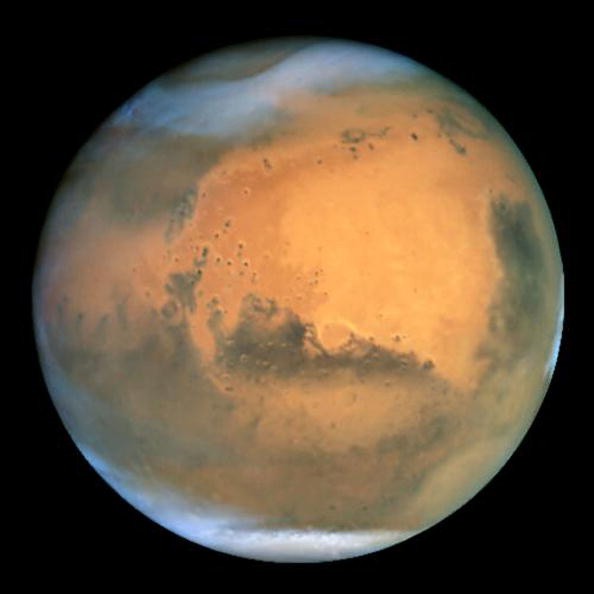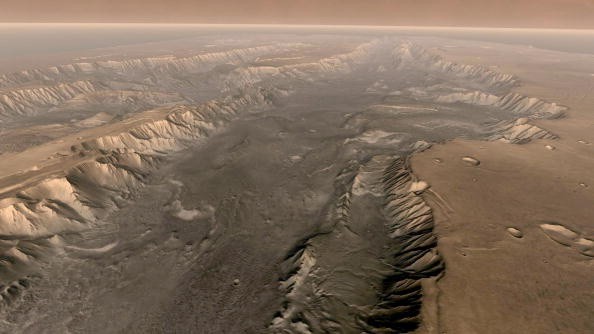The National Aeronautics and Space Administration (NASA) plans to land astronauts on Mars around the 2030s. The popular space agency claims that its new system could help its astronauts turn the planet's carbon dioxide into oxygen.

This will be really useful since transporting oxygen and fuel from the Earth to Mars is not viable at the moment. NASA claims that its Mars Oxygen in Situ Resource Utilization Experiment or MOXIE will be the answer to solve this issue.
Science Alert previously reported that the innovation will help astronauts extract air, water, and fuel from the Red Planet. NASA is already testing MOXIE, which will be launched by the Mars Perseverance rover in July 2020.
How the new apparatus works
According to CNN World's latest report, MOXIE has the ability to turn carbon dioxide into oxygen. This new tool will really be essential in future Mars missions since carbon dioxide makes up 96% of the planet's atmosphere.

Also Read : Supercomputer Simulations Show Moon Formation Through Earth and Mars-Sized Planet Theia Collision
Researchers and scientists at Washington University, which is located in St. Louis, claimed that they found another technique that could assist NASA's MOXIE.
Vijay Ramani, a distinguished professor at Washington University's department of energy, environmental and chemical engineering, and his colleagues proposed the experimental technique which uses a different source. He explained that salty water in the lakes beneath the Martian surface can also be used. They published their work in the journal PNAS.
NASA tests MOXIE
The full-scale version of NASA's MOXIE system is a little bit larger than a normal household stove. It also weighs around 1,000 kilograms or 2,200 pounds, which is almost the same as Perseverance. NASA is already working on developing a MOXIE prototype.
The team of researchers will study how the toaster-size version of MOXIE will work on the Perseverance rover. They'll gather the information that could help them learn and develop a larger and more powerful version of the new system.
The MOXIE team will also focus on how many environmental factors, such as sand, winds, dust storms, and temperature, will affect MOXIE once it landed on the Red Planet. They'll also try to find out how much radiation could impact MOXIE's software.
For more news updates about NASA's future innovation and space missions, always keep your tabs open here at TechTimes.
Related Article : Elon Musk's Mysterious Inventions on SpaceX: Upgraded Dragon and 100th Flight of Falcon 9! SN8 Developments Surface Too!
This article is owned by TechTimes.
Written by: Giuliano de Leon.
ⓒ 2025 TECHTIMES.com All rights reserved. Do not reproduce without permission.




